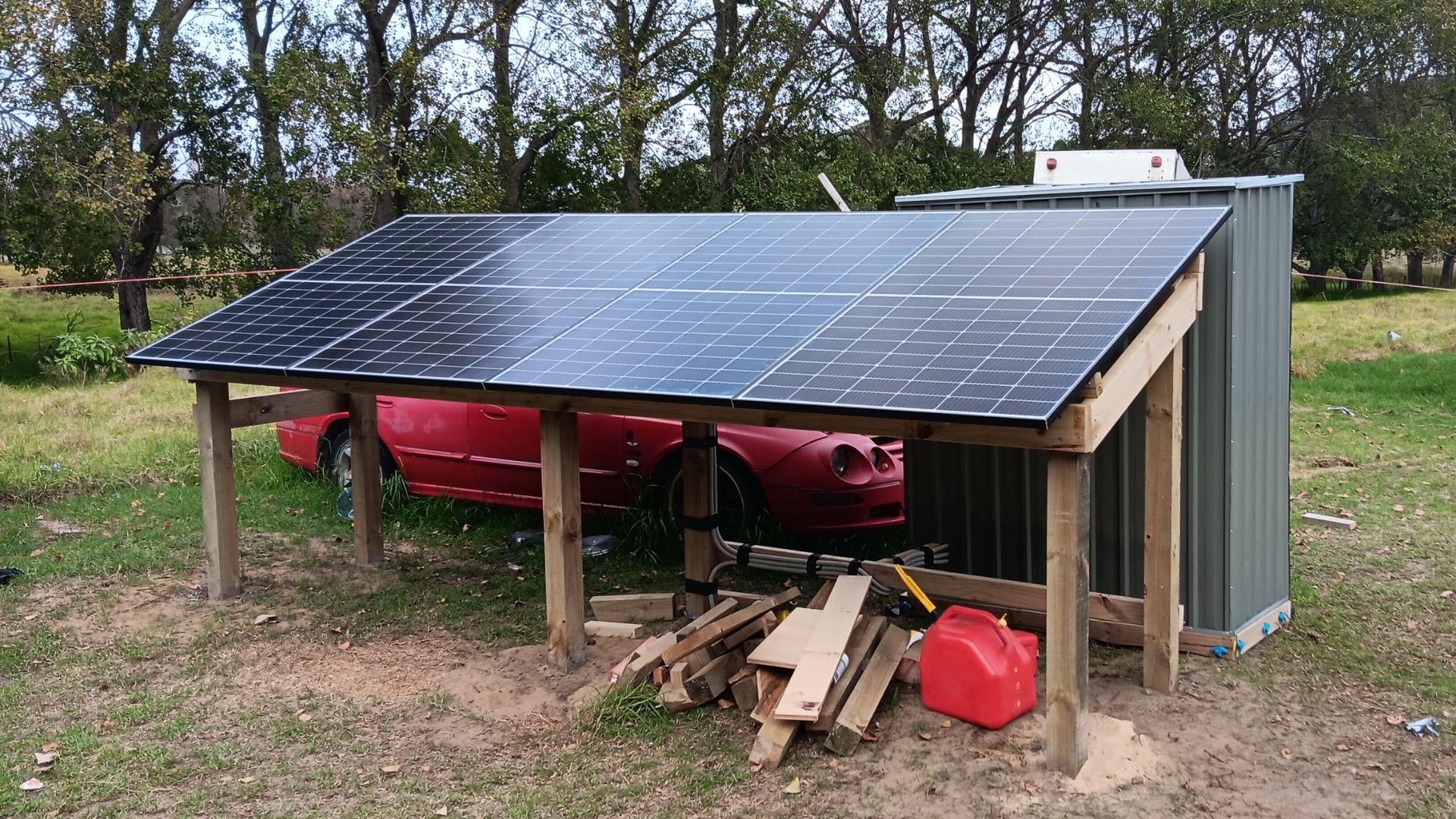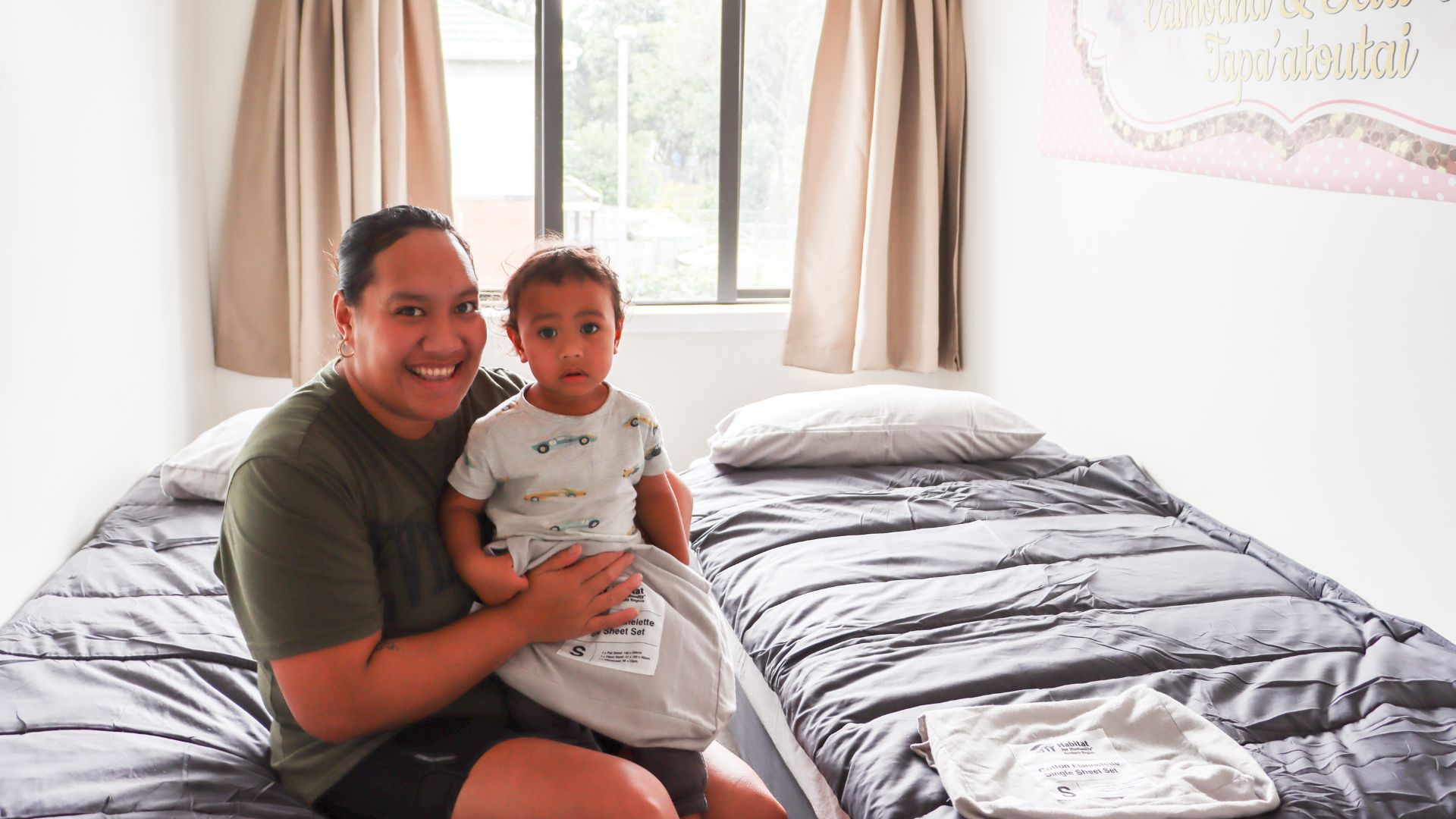
SIX DIMENSIONS OF HOUSING – SUITABILITY
The Universal Declaration of Human Rights affirms access to adequate housing as a vital part of human rights. The six dimensions of housing adequacy is used by Statistics New Zealand, and Habitat for Humanity CNI to describe and identify what we mean by a “decent” place to live. General Manager Nic Greene outlines the tenets of each dimension.
Addressing the housing “crisis” is complex and there is no silver bullet. Below we continue our series on the dimensions of housing adequacy and the many factors that must be considered when searching for a decent home.
Housing suitability relates to the ability of households to access housing that is appropriate to their current needs. Suitability is evaluated against a family’s health, location, and size. A house that was once suitable can become inadequate as the family’s circumstances change.
Many New Zealanders experience a housing life cycle – changes in household situation and composition, previous, current and future tenure, and movement between dwellings and tenures. People with different lifestyles and those at different stages of their life cycle require different types of housing.
Statistics New Zealand [1] outlines that housing suitability relates to the ability of households to access:
- housing which is appropriate to their current needs
- housing which is sufficiently flexible to cater for future requirements and long-term goals
- preferred tenure and dwelling type
- local opportunity (such as employment and education)
- local infrastructure and public amenities.*
Suitability factors that affect housing availability
Size
Finding a home that accommodates (by number of bedrooms) the household members is a realistic goal. According to globally-recognised Canadian National Occupancy Standard [2] requirements which are commonly adopted in New Zealand, this means one bedroom for:
- each cohabiting adult couple
- each lone parent
- unattached household member 18 years of age and over
- same-sex pair of children under age 18
- additional boy or girl in the family, unless there are two opposite sex children under 5 years of age, in which case they are expected to share a bedroom.
According to the standards, a household of one individual can occupy a studio unit with no bedroom.
This measure is also recognised independently and was covered in an earlier article under the heading of over-crowding such is its importance to the health and well-being of a family.
Distance
As expected, if there is no suitable housing near current or desired employment, the household often locates elsewhere and accepts the commute.
Studies show that those with higher household incomes will often accept longer commute distances [3]. Families are often persuaded to commute further if the income justifies the travel costs and the time added to their working day.
Affordability links
There is also a connection to affordability where houses are cheaper on the outskirts or in adjacent areas. We are seeing the impact of this with house prices being put under pressure in Hamilton because of Auckland costs or Te Awamutu because of house prices in Hamilton. This is often referred to as the “halo” effect.
There is a connection between suitability and affordability, as there is a strong link between a household’s financial situation and ability to access suitable services and amenities. However, people may be unable to access services and amenities for a variety of other reasons, such as their health status, their family and caregiving responsibilities, and discrimination.
Family growth
Housing suitability can become an issue for growing families. With extra children or adults joining the family unit, a family may continue to live in a house despite its changed status – and this could be because of difficulty finding another house that meets their financial, health, size, and location requirements.
For example, a mother, father and two children live in a house that is suitable for their family of four. However, when a new-born arrives, it is no longer suitable – as the children are under 18, are of the same sex, and are already sharing a room. Staying in the current house would lead to overcrowding issues.
Looking back to the criteria outlined previously, families might be expected to evaluate the suitability of their household whenever the number of people living in the house increases and the related moving costs. There are choices like, should they rent or purchase their next house? With the rental market on a downward trend, a stocktake of New Zealand’s housing shows that there have been less new bonds lodged. This means that there is less available stock for those that are looking for a house that meets their needs.
Education
A family may find a house that is an adequate size, however, it may not be zoned for the school that the parents plan on the child attending – and the house may not be close to transport. Enrolment application times might mean changing schools isn’t an option, along with psychosocial factors.
Disability
For those with a disability, finding suitable housing can be difficult. In addition to the requirements mentioned previously, the family or individual needs to consider things such as a home’s accessibility. For a person who requires wheelchair access, adequate entrance to the house and facilities such as the bathroom and kitchen are necessary and highlight how the habitability of a house has a direct relationship with the house’s suitability.
[1] Statistics New Zealand: Housing statistics strategy
[2] https://ourtrust.org/wp-content/uploads/downloads/faqs_137cbt_housingworkshop_22may2018.pdf
[3] https://uwspace.uwaterloo.ca/bitstream/handle/10012/8959/Wilkin_Tristan.pdf


